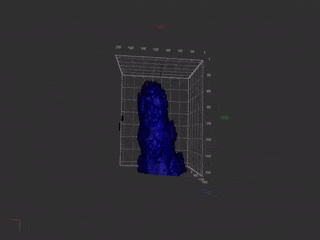Cite us:
Liying Yu, Tangcheng Li, Ling Li, Xin Lin, Hongfei Li, Chichi Liu, Chentao Guo, Senjie Lin, SAGER: a database of Symbiodiniaceae and Algal Genomic Resource, Database, Volume 2020, 2020, baaa051,https://doi.org/10.1093/database/baaa051

Symbiodiniaceae are mostly endosymbionts of reef-building corals and many other invertebrates. As typical dinoflagellates (form II Rubisco, peridinin, no nucleosome), Symbiodiniaceae is positioned at the small end of the wide genome size range, but their genomes are still larger than 1 Gbp. Loss of these endosymbionts leads corals to bleaching and degradation. How these organisms establish, maintain, and lose the symbiotic relationship with reef corals are critical ecological questions extremely challenging to address. Decoding genome structure and functions of these species, comparing them to that of other algae (and of corals) can provide insightful clues. With the rapid development of nucleic acid sequencing technology, genome draft assemblies of several Symbiodiniaceae species and diverse marine algae are publicly available. The Symbiodiniceae and Algal Genomic Resource (SAGER) is built to facilitate comparative analyses needed to identify symbiosis-associated, stress-inducible, and bleaching-associated genes and understand mechanisms underpinning those processes. Currently it contains genomes of six Symbiodiniaceae species from clades A, B, C and F, and transcriptomes of diverse marine algae (protists) from the MMETSP and PhyloDB databases. This resource provides comprehensive tools for researchers to study gene function, expression and comparative genomics, including keyword search tool for identifying annotated genes, download function to access sequence data, gene browser for gene mapping and structural analyses, and BLAST tool to find orthologs from different algae.
Search
Search by gene id, GO, NR, KEGG, InterPro, functional annotation keywords.
BLAST
Search for highest similarity for your sequence of interest.
Genome Browser
Allows users to navigate genome sequence, annotation, and associated data tracks.
Download
Download genome assemblies and gene annotation.
To query coral genomes for comparative analysis, visit this coral genome database: https://link.springer.com/article/10.1186/s12864-019-5744-8





